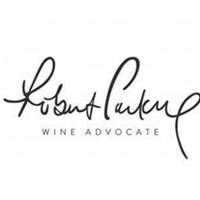Robert Parker
Robert Parker este un critic de vin din SUA. Evaluarile sale de vin pe o scara de 100 de puncte.
Daca esti aici, stim deja ca iti plac vinurile bune.
Vrei sa povestesti pe site despre pasiunea ta?
Recenziile expertului Robert Parker
-
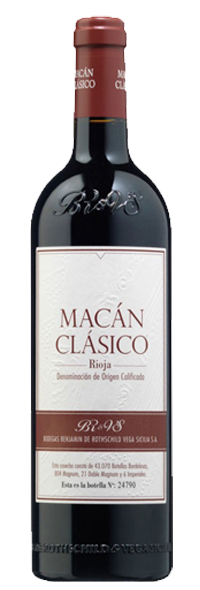
MACAN CLASICO 2017-Bodegas Benjamin de Rothschild & Vega Sicilia
The 2016 Macán Clásico is their second wine in the Bordeaux sense. In 2016, they fermented the wine in stainless steel and reduced the number of new barrels to 50%, while 5% of the barrels were produced with American oak at the Vega Sicilia cooperage. The new winery was 100% ready and now has much better facilities. The élevage lasted 12 months, and this has contained ripeness and integrated oak. The year had freshness and balance and helped to produce lighter and more expressive wines, like this one. This has to be one of the finest vintages for this cuvée. 97,654 bottles, 1,060 magnums and some larger formats produced. It was bottled in August 2018.
-
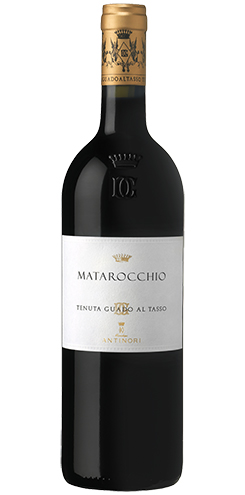
MATAROCCHIO BOLGHERI DOC SUPERIORE 2011-Marchesi Antinori
I was blown away by the 2011 Matarocchio (100% Cabernet Franc). From 15-year-old vines planted some 60 meters above sea level on the Tuscan coast, this wine is absolutely stunning, delicious and simply unforgettable. Only produced in 2007, 2009, and 2011, this third edition shows towering aromas of sensuous dark fruit, leather and tobacco. If Cabernet Franc is the darling grape of this appellation, Matarocchio is a reason why. The mouthfeel is penetrating and powerful, but seamless and silky smooth at the same time. The tannin management is excellant. This is one to keep in the cellar.
-
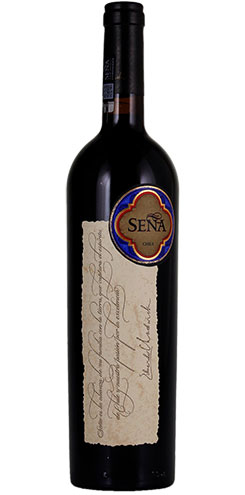
SENA 2018-Vina Sena (Chadwick)
The 2018 Seña shows the fresher side of the Ocoa zone of the Aconcagua Valley through a Bordeaux blend of 55% Cabernet Sauvignon, 18% Malbec, 15% Carmenere, 7% Cabernet Franc and 5% Petit Verdot; there are small differences, but nothing substantial. As I've seen in other wines from the very complete 2018 vintage, the grapes ripened thoroughly and achieved more flavors and nuances, and the wines are slightly higher in alcohol (14% this year versus 13.3% in 2017, but in reality it's 13.8% ). But the wine seems to have more of everything. The grapes fermented in a combination of stainless steel and concrete vats and matured in new barriques and Stockinger foudres for 22 months, a similar formula as the one used for Viñedo Chadwick. This is a very elegant vintage of Seña, a year with a slow ripening so that the grapes achieved very good ripeness and full development of aromas and flavors, making the wine nuanced and complex, with depth but also freshness and finesse—floral and expressive. The tannins are very fine, polished and elegant, and the wine is long and complex, mixing the best f 2015 and 2016, coming through as a very complete year. It's still a little young and should develop nicely in bottle; it's approachable now, but if you can hold it a little bit more, it should be even better. This has to be the finest vintage of Seña to date. Comparing it with the Chadwick from the same year, there is more freshness and a little more complexity and clout coming form the cooler zone and the palette of varieties used that give more options to achieve more nuance.
-
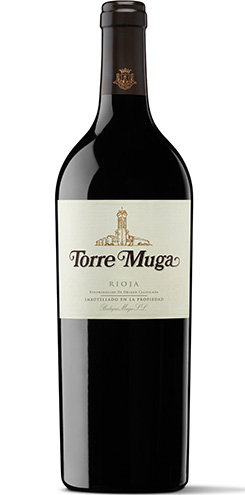
TORRE 2016-Muga
I tasted a super young 2016 Torre Muga that had only been in bottle for some four months. But even so, the year seems to be approachable and open. Even if the wine has concentration and power, it has great balance and freshness. And it's drinkable now, even if it's going to get polished with some more time in bottle, where it should have a long life. This was the most modern of the wines in the portfolio, but I think the modern and traditional styles have been converging over the years, and nowadays there is not a huge difference between them. And for its age, it feels quite round, and it doesn't have edges or any harsh tannins; the oak is present but it's neatly integrated in the wine. It has to be one of the finest vintages for Torre Muga.
-
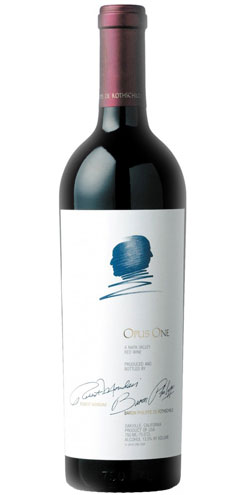
OPUS ONE 2017-Baron Philippe De Rothschild - Robert Mondavi
Opus One had picked 91% of their fruit before the fires started in 2017, and only two lots were eliminated from consideration. The 2017 Opus One, bottled in July 2019, is a blend of 81% Cabernet Sauvignon, 8.5% Petit Verdot, 5% Cabernet Franc, 4.5% Merlot and 1% Malbec. Medium to deep garnet-purple colored, it slowly grows on the nose, revealing compelling notes of baked black cherries, mulberries, black raspberries, warm cassis and blackberry pie with nuances of spice cake, yeast extract, tapenade, licorice and dusty soil with a waft of wild sage. Medium-bodied, the palate has a lively skip in its step, featuring bags of juicy raspberry and cassis-laced fruit and a refreshing line, supported by ripe, plush tannins, finishing long and graceful.
-

OPUS ONE 2019-Baron Philippe De Rothschild - Robert Mondavi
Opus One had picked 91% of their fruit before the fires started in 2017, and only two lots were eliminated from consideration. The 2017 Opus One, bottled in July 2019, is a blend of 81% Cabernet Sauvignon, 8.5% Petit Verdot, 5% Cabernet Franc, 4.5% Merlot and 1% Malbec. Medium to deep garnet-purple colored, it slowly grows on the nose, revealing compelling notes of baked black cherries, mulberries, black raspberries, warm cassis and blackberry pie with nuances of spice cake, yeast extract, tapenade, licorice and dusty soil with a waft of wild sage. Medium-bodied, the palate has a lively skip in its step, featuring bags of juicy raspberry and cassis-laced fruit and a refreshing line, supported by ripe, plush tannins, finishing long and graceful.
-

OPUS ONE 2018-Baron Philippe De Rothschild - Robert Mondavi
Opus One had picked 91% of their fruit before the fires started in 2017, and only two lots were eliminated from consideration. The 2017 Opus One, bottled in July 2019, is a blend of 81% Cabernet Sauvignon, 8.5% Petit Verdot, 5% Cabernet Franc, 4.5% Merlot and 1% Malbec. Medium to deep garnet-purple colored, it slowly grows on the nose, revealing compelling notes of baked black cherries, mulberries, black raspberries, warm cassis and blackberry pie with nuances of spice cake, yeast extract, tapenade, licorice and dusty soil with a waft of wild sage. Medium-bodied, the palate has a lively skip in its step, featuring bags of juicy raspberry and cassis-laced fruit and a refreshing line, supported by ripe, plush tannins, finishing long and graceful.
-
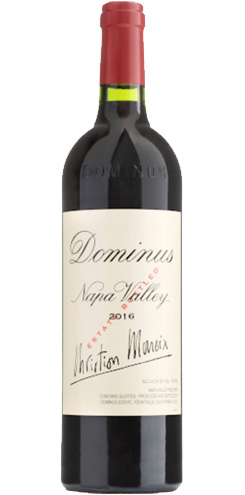
DOMINUS BY CHRISTIAN MOUEIX 2016-Dominus
A blend of 84% Cabernet Sauvignon, 8% Petit Verdot and 8% Cabernet Franc aged in 40% new oak, the 2016 Proprietary Red Wine is deep purple-black in color and quite reticent at this youthful stage to begin, offering up subtle notions of potpourri, Indian spices, cigar box and iron ore over a core of crushed blackberries and black cherries with intermittent wafts of black and red currants, new leather and smoked meats. The palate is medium to full-bodied with a densely packed mid-palate and oodles of freshness framed by very ripe, finely grained tannins and laced with compelling earthy accents. It offers incredible vibrancy with tons of black and red fruit sparkle in the mid-palate leading to a provocative mineral element on the very long finish. If I could give more than 100 for this one, I would.
-
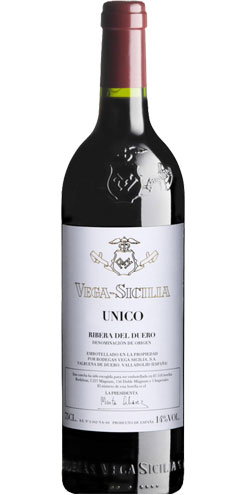
UNICO 2010-Vega Sicilia
I was surprised by the aromatics of the 2010 Único, cropped from a powerful and concentrated year that delivered this blend of 94% Tinto Fino (aka Tempranillo) and 6% Cabernet Sauvignon, with 14.5% alcohol and a highish pH of 3.87. It fermented with indigenous yeasts and matured in a combination of French and American oak barrels and 20,000-liter oak vats and aged for almost six years. It feels quite ripe and somehow old style, dominated by ripe black fruit, with a rustic and earthy touch. It has an ample palate, concentrated and powerful, with some earthy tannins.
-
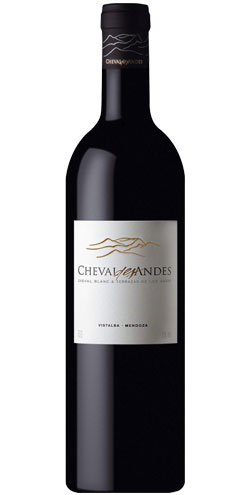
CHEVAL DES ANDES 2016-Cheval des Andes
I also tasted the 2015 and 2016 next to the newly released 2017 to give it some context and to see the evolution and changes implemented in the last few years. The 2016 Cheval des Andes is probably the freshest wine produced to date and the first vintage when they used 100% own grapes. Of the trio of vintages tasted together—2015, 2016 and 2017—this is the one with less alcohol and more freshness, and it remains a more austere expression, reflecting a cooler and wetter year that resulted in a less exuberant wine, a benchmark for freshness. I'm looking forward to 2018 to see where they go in the next cool vintage after this 2016. Rating: 97+
-

CHEVAL DES ANDES 2017-Cheval des Andes
I also tasted the 2015 and 2016 next to the newly released 2017 to give it some context and to see the evolution and changes implemented in the last few years. The 2016 Cheval des Andes is probably the freshest wine produced to date and the first vintage when they used 100% own grapes. Of the trio of vintages tasted together—2015, 2016 and 2017—this is the one with less alcohol and more freshness, and it remains a more austere expression, reflecting a cooler and wetter year that resulted in a less exuberant wine, a benchmark for freshness. I'm looking forward to 2018 to see where they go in the next cool vintage after this 2016. Rating: 97+
-
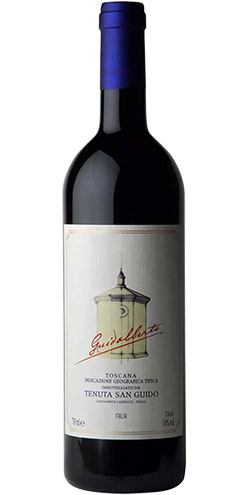
GUIDALBERTO TOSCANA IGT 2018-Tenuta San Guido
A deft and bright blend to serve with a platter of creamy Camembert wedges, the 2018 Guidalberto is 60% Cabernet Sauvignon supplemented with 40% Merlot, showing a smooth and silky delivery of aromas with black fruit and sour cherry backed by spice, pressed flower and tilled earth. These are fragrant and delicate results fitted to a medium-weight finish that is driven by freshness and elegant tannins.
